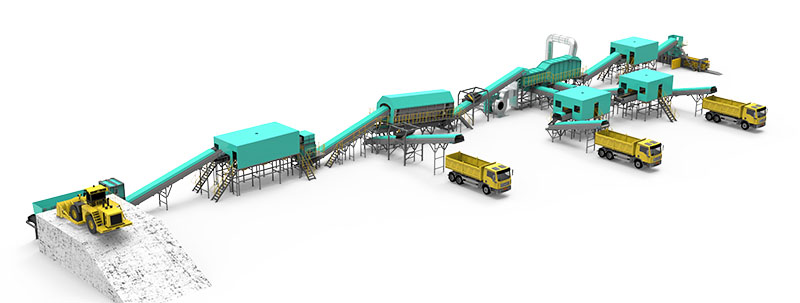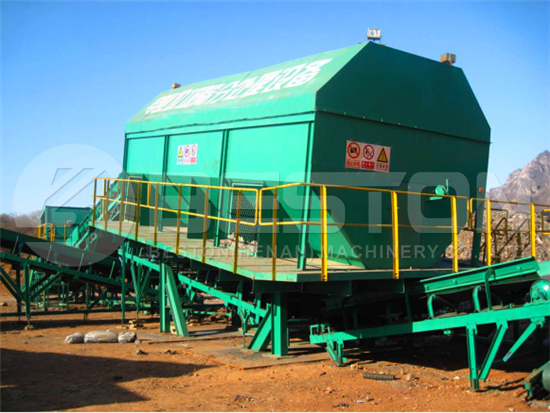In most towns and cities, people do not keep used items in their home for recycling and are generating an increasing amount of municipal waste. Earlier this waste was dumped in landfills, however, there is only a limited amount of land available for dumping waste, especially in large cities where real estate rates are high. Hence increasingly the local civic bodies are focusing on treating the solid waste which is generated so that less landfill area is required. Selecting the right solid waste treatment plant design can greatly increase the profit and also reduce the landfill area required. See the skid-mounted pyrolysis plant here.

Most of the manufacturers of plants for treating solid waste will custom design the plant based on the requirement of the customer. In some area, the regulations have made it mandatory to separate biodegradable waste like food waste and inorganic waste like plastic, paper, metal. In this case, the waste treatment plant will have a different design compared to areas where the waste is a mixture of organic and inorganic waste. Hence before finalizing the machinery, it is recommended that the waste produced in the area, is analyzed so that inputs are provided to the plant manufacturer accordingly. More information on Beston Group here.
Typically at the solid waste disposal system, the large-sized items like furniture, quilts, tree branches are separated out first. these are then sold to scrap dealers who either refurbish them or break it up into raw materials. The smaller waste is usually packed in a bag after they are collected by the local civic body. At the plant, the bag is opened and the contents are placed on a conveyor belt. They are first passed through a rotary screening machine, which will separate the waste into particles which are less than 5 mm in size, and those which are more than 5 mm in size.

The particles which are less than 5 mm in size are usually organic matter, though it may contain some metal and plastic particles. The metal particles and pieces are usually having some value to a magnetic separator are used to remove the metal particles. The remaining organic matter is used for making compost which is used in agriculture and gardening purposes. alternately the residual material is packed for further processing. The larger particles in the waste are usually metal cans, glass bottles, plastic, cloth fabric, shoes, footwear, stones, bricks and similar material. See the pyrolysis plant cost here.
The magnetic separator will again be used to remove the large metal, tin cans from the waste. An eddy separator can be used to remove the remain non-ferrous materials from the waste. All the metal is packed together, so that it can be sent to metal manufacturers who use it as a raw material. A winnowing machine can help separate the plastic from the other material in the waste. Depending on the density of the plastic material, an air density separator can be used to separate the low density plastic from the high density plastic. The separated plastic is then packed in bales, so that it can be sold to plastic processing companies.
Automating most of the processes of handling the waste reduces the cost of processing the solid waste and it also reduces the health hazard posed to the workers at the garbage processing plant. One of the major problems faced at the plant is the foul odor which is produced, and the plant suppliers will ensure that the odor generated is minimized. The area where the solid waste is treated is sealed so that there is no gas escaping outside, and polluting the surrounding area. The noise produced should also be less. Since the waste can contain all kinds of material, the equipment is made from corrosion resistant steel, which will last for a longer period of time. Check the pyrolysis plant in the Philippines here.